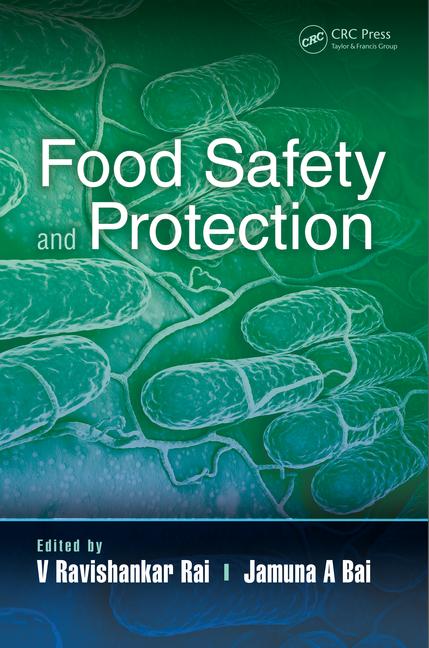Foodborne Illnesses in the U.S. Decreased During Coronavirus Pandemic

courtesy of Getty Images/Boris25
The U.S. Centers for Disease Control and Prevention (CDC) released a report on September 24, 2021 that indicates that foodborne illness infections in 2020 decreased, as compared to the previous three-year average.
The findings, which were published in the CDC's Morbidity and Mortality Weekly Report, says that the Foodborne Diseases Active Surveillance Network (FoodNet) of CDC's Emerging Infections Program monitored the incidence of laboratory-diagnosed infections caused by eight pathogens. These pathogens are transmitted commonly through food reported by 10 U.S. states, including Connecticut, Georgia, Maryland, Minnesota, New Mexico, Oregon, Tennessee, and selected counties in California, Colorado, and New York.
During 2020, observed incidences of infections caused by enteric pathogens decreased 26 percent as compared to the years of 2017 to 2019. Unsurprisingly, infections associated with international travel experienced a large decrease, as well. During 2020, FoodNet identified 18,462 cases of infection, 4,788 hospitalizations, and 118 deaths. The overall incidence was highest for Campylobacter (14.4 per 100,000 population), followed by Salmonella (13.3), STEC (3.6), Shigella (3.1), Yersinia (0.9), Vibrio (0.7), Cyclospora (0.6), and Listeria (0.2). During 2020, 26 percent fewer infections were reported compared with the average annual number reported during 2017–2019; the incidence in 2020 was significantly lower for all pathogens except Yersinia and Cyclospora.
After March 13, 2020, when the U.S. declared a national emergency in response to the COVID-19 pandemic, state and local officials implemented stay-at-home orders and other interventions to slow the spread of SARS-CoV-2. These interventions as well as other changes to health and hygiene behaviors have likely changed exposures to foodborne pathogens, says the report.
However, the extent to which these reductions reflect actual decreases in illness or decreases in case detection is unknown, because changes in healthcare, both in delivery and healthcare-seeking behaviors, might have caused less reporting, the report says.
"These widespread interventions as well as other changes to daily life and hygiene behaviors, including increased handwashing, have likely changed exposures to foodborne pathogens. Other factors, such as changes in healthcare delivery, healthcare–seeking behaviors, and laboratory testing practices, might have decreased the detection of enteric infections," says the report.
The report concludes that as the pandemic continues, surveillance of illness combined with data from other sources might help explain the factors that led to the large changes in 2020, and this understanding could lead to improved strategies to prevent illness.
Looking for a reprint of this article?
From high-res PDFs to custom plaques, order your copy today!









